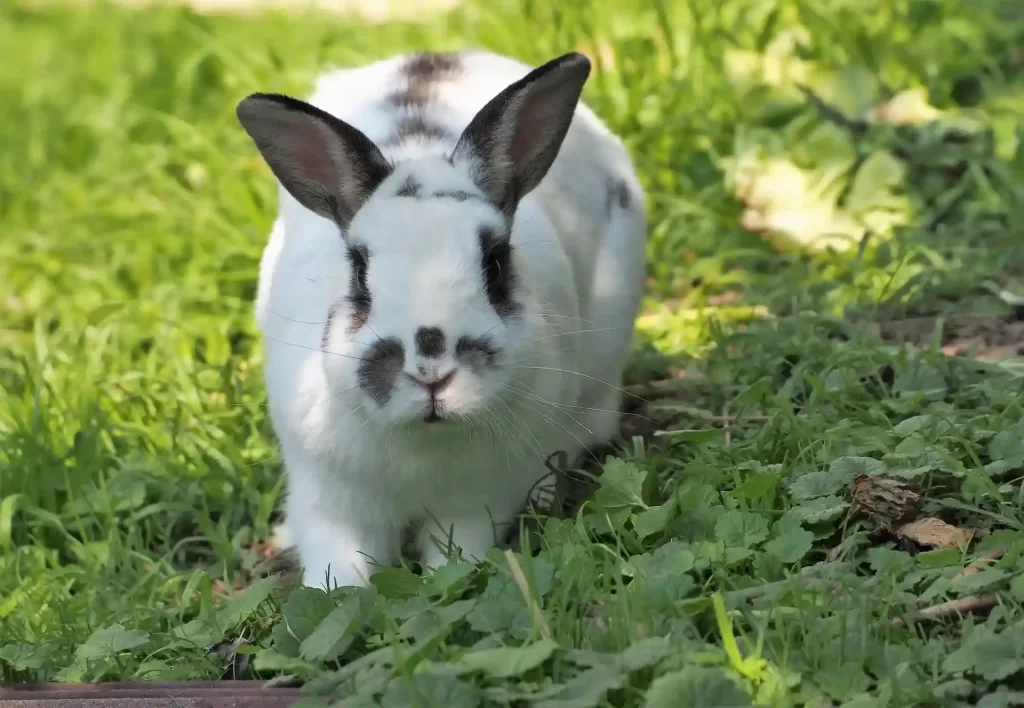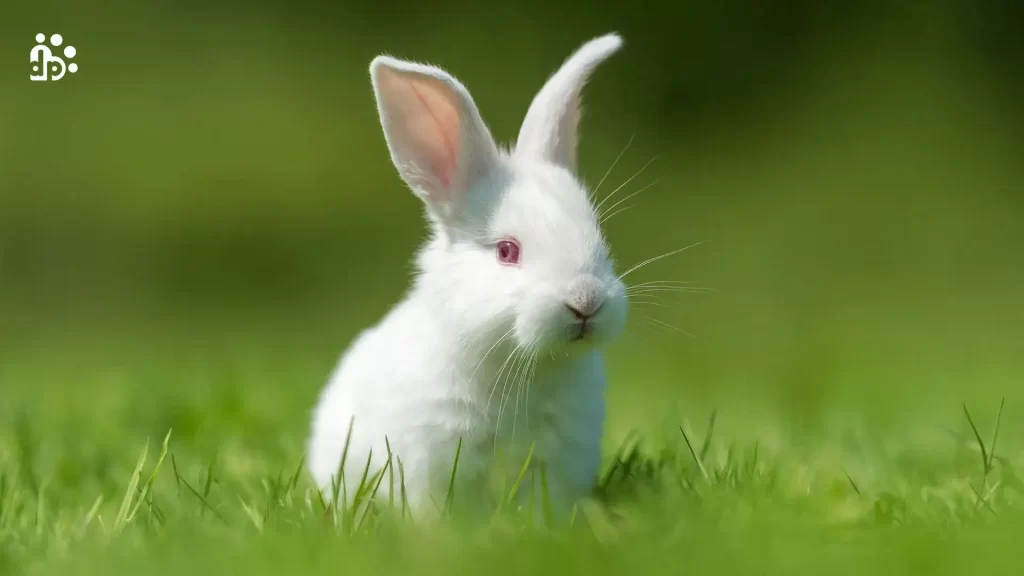Raising rabbits for food has gained popularity recently as more people seek sustainable and nutritious protein sources. Compared to other forms of meat production, rabbit farming has a low carbon footprint, requires minimal space and resources, and is easy to manage.
Additionally, rabbit meat is a rich source of protein, low in fat, and full of essential vitamins and minerals. This blog will explore the benefits of raising rabbits for food, including their nutritional value, sustainability, cost-effectiveness, ease of care, and culinary versatility.
Whether you’re a homesteader, a chef, or simply curious about alternative protein sources, you’ll find plenty of reasons to consider adding rabbit meat to your diet.
Rabbit meat is a highly nutritious protein source that has numerous health benefits.
Here are some of the key nutritional benefits of rabbit meat:
Low in Cholesterol: Rabbit meat is also low in cholesterol, with a 3.5-ounce serving contains only about 63 milligrams of cholesterol. This makes it a great choice for those with high cholesterol levels.

Overall, rabbit meat is a highly nutritious and healthy protein source with numerous health benefits. Whether you’re looking to build muscle mass, maintain a healthy weight, or improve your overall health, incorporating rabbit meat into your diet can be a great way to achieve your goals.
Rabbit farming can be a sustainable form of meat production compared to other meat products such as beef, pork, or chicken farming. Here are a few reasons why:
Overall, rabbit farming can be a sustainable option for meat production due to its low carbon footprint, efficient use of resources, and ability to thrive in small-scale operations. However, as with any animal agriculture, it’s important to ensure that the rabbits are treated humanely and provided with proper care and nutrition.
Rabbit manure is an excellent natural fertilizer for crops and gardens due to its high nutrient content and other benefits. Here are some of the benefits of using rabbit manure as a fertilizer:
Overall, using rabbit manure as a natural fertilizer can be an excellent way to improve soil fertility, promote plant growth, and create a more sustainable and eco-friendly farming system.
Raising rabbits for meat can be a cost-effective option compared to other forms of meat production due to their relatively low feed requirements, fast growth rate, and high reproductive potential.

Here are some reasons why:
Raising rabbits for meat can be a cost-effective option due to their low feed requirements, fast growth rate, high reproductive potential, ease of raising, and versatility. However, as with any animal agriculture, it’s important to ensure that the rabbits are treated humanely and provided with proper care and nutrition.
Caring for and managing rabbits is generally easier than caring for and managing other livestock, such as cattle or pigs.
Here are some reasons why:
Overall, rabbits are easier to care for and manage than other livestock animals due to their small size, low feed requirements, low maintenance, high reproductive rate, and docile temperament. However, it’s important to ensure that they are provided with proper care and nutrition and are treated humanely.
Rabbit farming is popular for urban and suburban homesteaders due to its small space requirements. Compared to other livestock, rabbits require significantly less space and can be raised in small backyards or balconies.
Rabbits are well-suited for small spaces because they are relatively small animals. A single rabbit typically requires only 2-3 square feet of living space. This means that a small group of rabbits can be housed in a relatively small area without feeling cramped.

Another advantage of raising rabbits in small spaces is that they are relatively low-maintenance animals. They do not require extensive grazing areas, and they produce less waste than larger livestock. This makes it easier to manage their living space and keep it clean and sanitary.
In addition to their small space requirements, rabbits have a fast reproduction rate, making them an efficient source of meat and other products. They are known for their high-quality meat, which is low in fat and protein, and they also produce high-quality fur that can be used for various purposes.
Overall, rabbit farming is a great option for urban and suburban homesteaders who want to produce food and other products but have limited space. With minimal investment in housing and equipment, it is possible to raise a small group of rabbits in a backyard or on a balcony and enjoy the many benefits of this low-maintenance and efficient livestock.
Rabbit meat is a versatile ingredient in cooking, and it has been used in traditional culinary dishes worldwide for centuries.
Here are some examples:
Rabbit meat is a lean, healthy protein that can be used in various dishes, from stews and curries to pasta and stir-fries. Its versatility and mild flavor make it an ideal substitute for other meats in many recipes.
Rabbit meat has become increasingly popular in gourmet cuisine in recent years. This is partly due to its lean, tender texture and delicate flavor, which lend themselves well to various dishes. Additionally, rabbit meat is a sustainable and ethical protein source, which appeals to consumers concerned about the environment and animal welfare.
To market rabbit meat as a specialty item in gourmet cuisine, it’s important to emphasize its unique flavor, texture, and nutritional benefits. Highlighting the ethical and sustainable aspects of rabbit farming can also be an effective marketing strategy.

Restaurants and gourmet food stores can also use creative menu items and recipes to showcase the versatility of rabbit meat. For example, a rabbit can be used instead of chicken or pork in classic dishes like Coq au Vin or Osso Bucco. It can also be used in exotic dishes like rabbit curry or rabbit confit.
In addition to traditional meat cuts, rabbits can be marketed as a specialty item through its other products, such as rabbit pate or rabbit sausages. These products can be marketed as gourmet and artisanal, appealing to consumers looking for unique, high-quality food items.
Overall, rabbit meat has great potential as a specialty item in gourmet cuisine. It can be marketed as a unique and desirable item for consumers seeking high-quality, sustainable protein sources by emphasizing its unique flavor, texture, and nutritional benefits and highlighting its ethical and sustainable farming practices.
Raising rabbits for food offers numerous benefits, making them an attractive option for homesteaders and small-scale farmers. Rabbit meat is a lean and nutritious protein source, rich in vitamins and minerals, and lower in calories and fat than other meats. It’s also a sustainable and eco-friendly option, as rabbits require less space, food, and water than other livestock and produce high-quality manure that can be used as a natural fertilizer.
Raising rabbits is cost-effective, as they have a high reproduction rate and can produce significant meat in a small space. They are also relatively easy to care for, requiring minimal attention and maintenance, and can be kept in urban and suburban areas due to their small space requirements.
Furthermore, the culinary versatility of rabbit meat makes it a desirable ingredient in gourmet cuisine, and it can be used in a wide variety of dishes, from classic recipes to more exotic and creative dishes.
Raising rabbits for food is a sustainable, cost-effective, and nutritious option that offers many benefits for homesteaders and small-scale farmers. Raising rabbits can be a rewarding and profitable venture if you’re looking to produce high-quality protein for your family or sell it to the local market.
Related Tag: #raising rabbits for food, #rabbits for meat, #rabbit farming, #raising rabbits for meat, #rabbits raised for meat, #raising rabbit for meat, #raising rabbits for beginners, #cheapest way to feed meat rabbits, #rabbit hutch for meat rabbits, #what to feed meat rabbits, #raising rabbits for pets